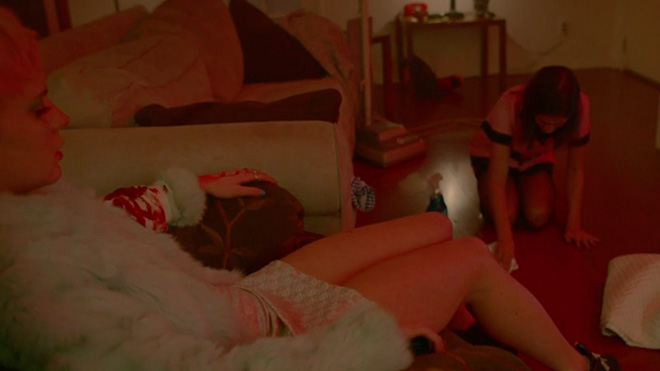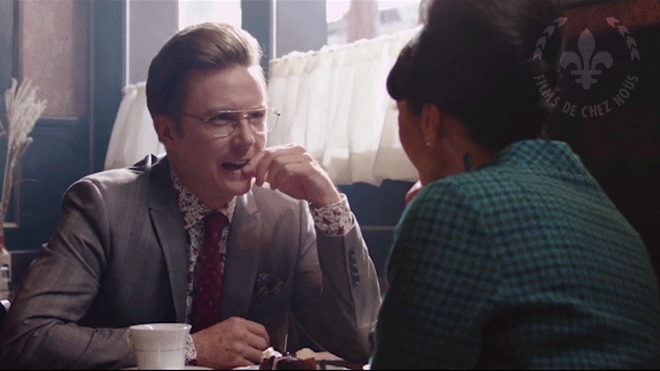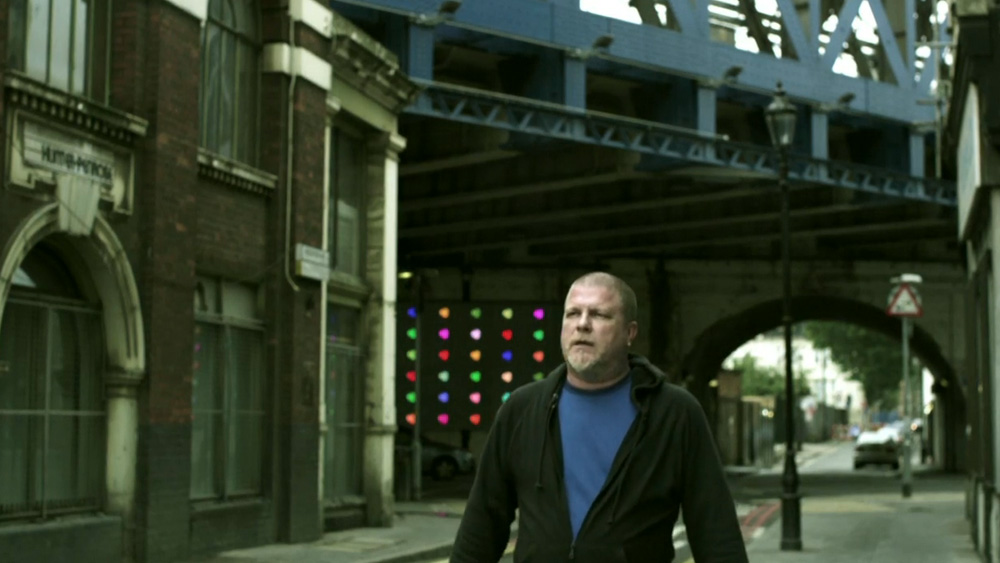A ramen chef spends his final night alive hanging out with the Grim Reaper.
“Death & Ramen” emerges as a unique and darkly comedic narrative helmed by director Tiger Ji (Wuhan Driver). The storyline follows a ramen chef who, on his last night alive, finds an unlikely companion in the form of the Grim Reaper. As they embark on an unexpected late-night journey, the chef and the Reaper share a bowl of noodles, unraveling the essence of humanity in the face of mortality.
Director Tiger Ji’s inspiration for this film was deeply personal, stemming from the passing of his grandfather. Through his grief, Ji found solace in the idea of embracing life’s fleeting moments without the weight of seriousness. He channeled this perspective into “Death & Ramen,” where levity and joy intermingle with the gravity of mortality. The film serves as an exploration of life’s profundities, encapsulated in the warmth and richness of a single bowl of kimchi ramen.
With a cast featuring Bobby Lee and Matt Jones, “Death & Ramen” promises an unconventional and thought-provoking examination of existence’s final hours. Ji’s directorial vision, inspired by personal loss and the embrace of life’s impermanence, offers audiences a glimpse into the transformative power of humor and human connection in the face of the inevitable.

The concept of a ramen chef spending his final night with the Grim Reaper is intriguing. Can you share more about the inspiration behind this unique storyline and how it evolved during the filmmaking process?
The inspiration first came from a vivid memory of connecting with my mom over ramen after a difficult time when I was a teenager. That small yet profound moment stayed with me, and I wanted to transform it into an offbeat buddy comedy exploring grief and finding solace in food.
The film touches on the themes of grief, levity, and the transfiguration of pain. How did you balance these heavy emotions with the comedic and lighter elements present in the narrative?
Balancing the comedic and dramatic tones was delicate. I aimed to honor the protagonist’s inner turmoil, while punctuating sadness with moments of oddity and humor. The scene when Bobby’s character breaks down in Death’s arms was a difficult note to hit. On paper, it read quite somber, but when we filmed it, Bobby brought absurdity and humor as well. Yet the emotion still shines through. That delicate middle ground between tragedy and comedy mirrors our lives, it’s a roller coaster of emotions.

The connection between grief and the comfort of food, particularly a bowl of kimchi ramen, is a central motif in the film. How did you use culinary elements to convey emotional depth and create a sense of solace for the characters?
Beyond physical nourishment, food represents a sort of antithesis to nihilism. Ramen embodies how we provide solace for each other during our bleakest moments. The meal shared with Death becomes a final supper of sorts – we worked with an actual ramen chef to create the kimchi ramen in the film. If it doesn’t make you hungry, I’ve failed!
“Death & Ramen” features Bobby Lee and Matt Jones in the lead roles. Can you discuss the casting process and how these actors brought the characters to life while navigating the balance between humor and the deeper emotional undertones of the film?
I’ve admired Bobby Lee’s comedy since I was a teenager – he was always a daring and hilarious standout. When conceiving this film, I knew I wanted to showcase his range beyond pure humor. The role requires enormous emotional depth alongside comedic chops, moving from manic darkness to vulnerability. I reached out to Bobby incessantly for months, tailoring the script for him. Finally he came on board, investing hugely in the character’s complexity. That childlike yet guarded openness he naturally exudes allowed this multifacetedness to shine.
For Death’s role, I envisioned someone who could seem familiar yet slightly “off” – which Matt Jones perfects as the Badger in Breaking Bad. His eccentric vibe grounded an otherworldly figure through subtle mannerisms. Death became more relatable and likeable – like someone you’d want to have a nice warm meal with.

How did you approach the visual and conceptual representation of death in the film, especially in a narrative centered around a seemingly mundane setting like a ramen shop?
A core aim was presenting Death in a non-terrifying way. I found those standard incarnations quite boring actually.
Ingmar Bergman’s The Seventh Seal famously depicts Death playing chess amidst plague-ridden medieval Sweden. But instead of a bleak chess game, I imagined Death sharing ramen at a modern ramen shop. It’s about transforming foreboding iconography into something more gentle: it’s about giving death a hug. So visually, we resisted dark tones, following instead a colorful quirky journey across LA’s Little Tokyo. The banal ramen shop locale helps draw us closer to this strange friendship; it becomes a buddy comedy.

How do you envision “Death & Ramen” resonating with audiences, and what discussions or reflections do you hope it inspires about mortality, grief, and finding solace in unexpected places?
The idea is pretty simple: laughter makes the tough parts of life a bit easier to handle. It doesn’t make it go away, but finding a way to face it head-on. I wanted to make a film that’s sincere about mortality – no irony, just straight-up sincerity. If this film breaks down our defenses for just one moment, I hope to make it easier to discuss the big questions, like dealing with loss or finding unexpected moments of joy.
How is this film different from your previous short “Wuhan Driver”, and what did you learn from your first film that you carried over to this one?
Going from Wuhan Driver to Death & Ramen was a huge step up in scope and scale. I definitely learned a lot about staying confident under pressure. It was easy to get caught up in having both Bobby and Matt on board, as well as being the youngest person on set. A big lesson was loosening up – being less self-serious and having more fun with the process. At the same time, I felt way more prepared going into this one. What I lacked in experience, I made up for in prep – I created these very elaborate animated storyboards which helped take care of the camera language. That level of precision gave me the space to have a little more fun with it when I actually showed up to set.
Can you tell us which short films you consider your favorite?
Ruben Ostlund’s Incident by a Bank
Jeremy Comte’s Fauve
Dylan Holmes Williams The Devil’s Harmony
Yorgos Lanthimos Nimic
Lynne Ramsay’s Small Deaths




